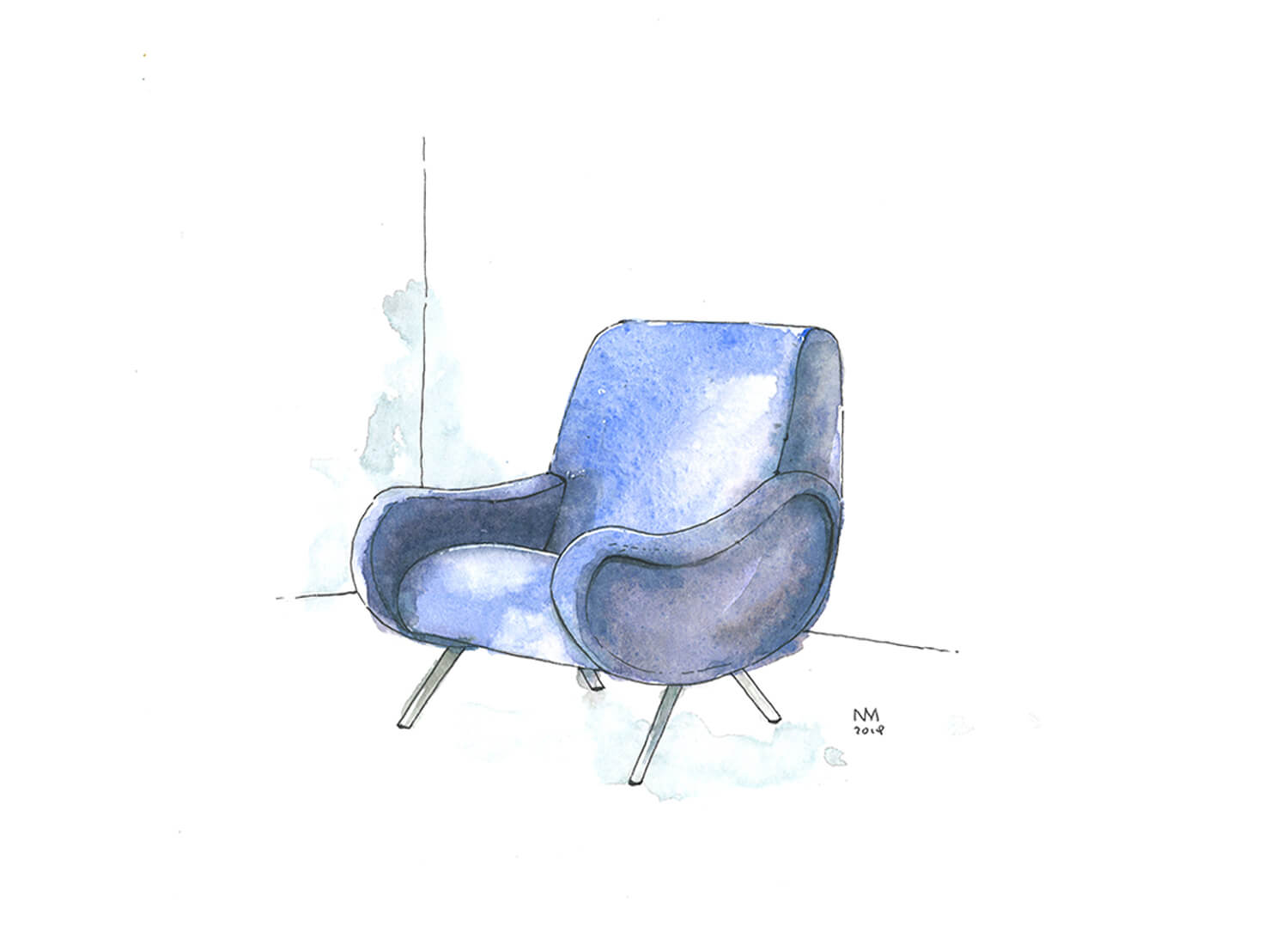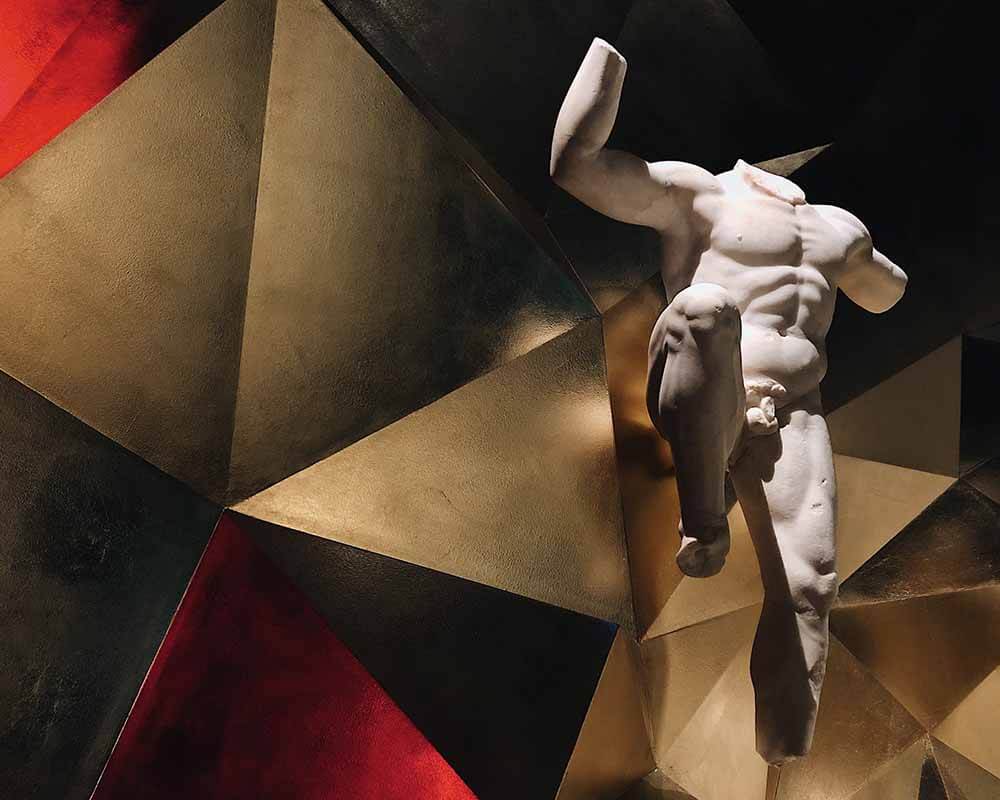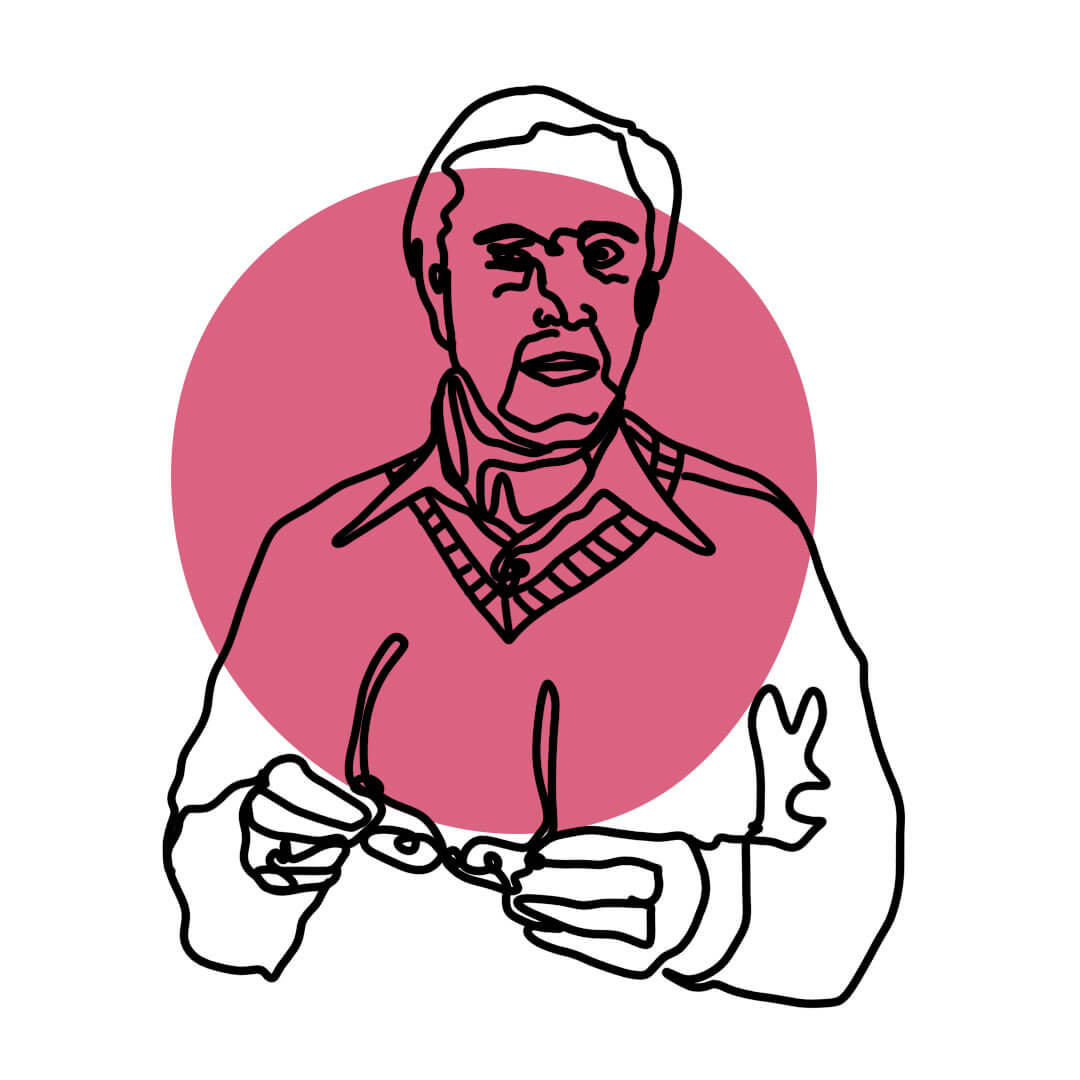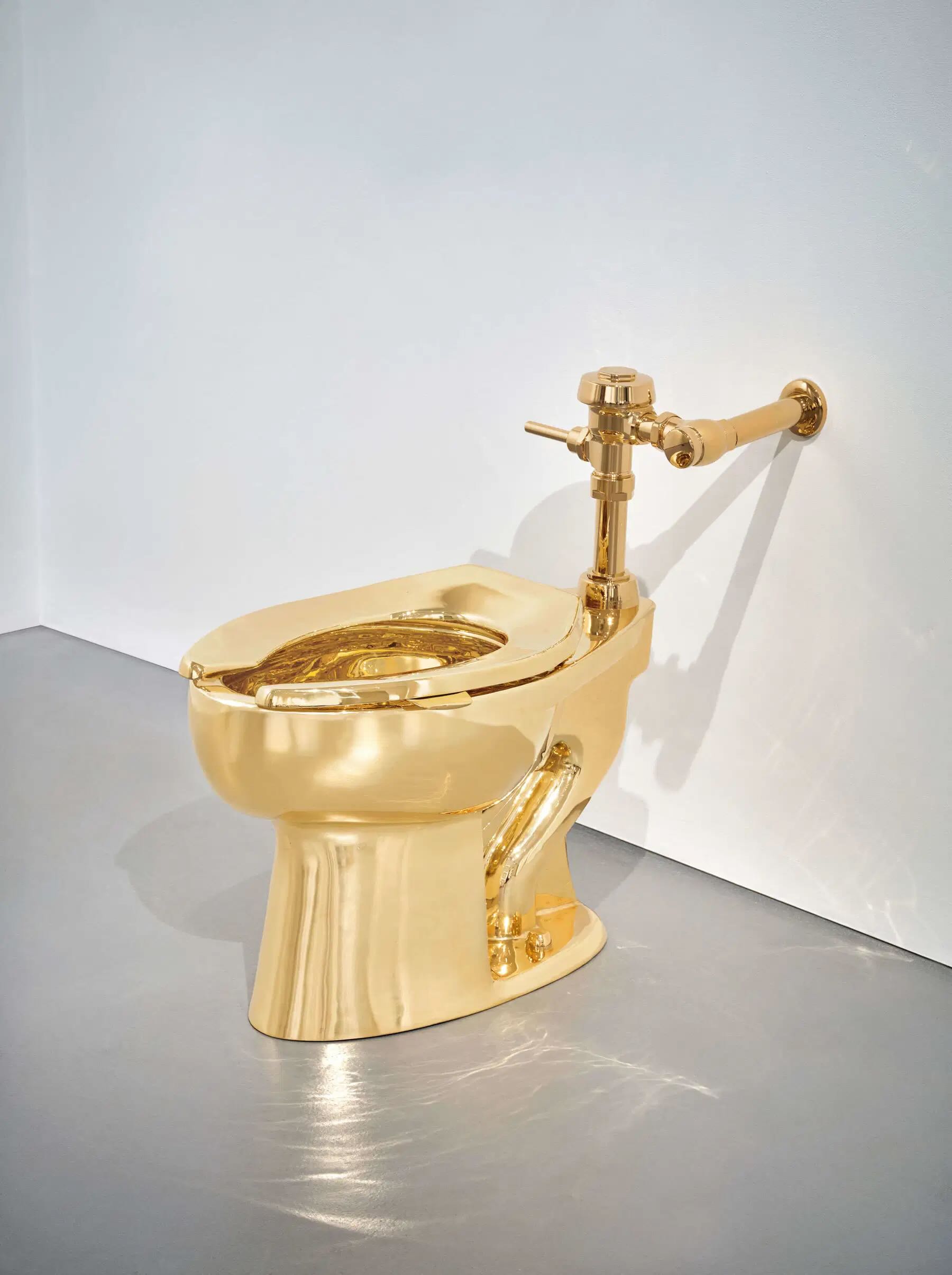In 1932, Davide Campari—visionary son of the founder of the iconic Italian brand—launched something revolutionary: the world’s first single-serve aperitif, Campari Soda. But even more revolutionary was the shape it came in. To design the bottle, he turned to Fortunato Depero, a Futurist artist known for his bold geometries, kinetic posters, and collaborations with Campari dating back to the 1920s.
Depero imagined a bottle that was not just functional but sculptural. Inspired by the idea of an upside-down goblet, he created a striking conical shape: minimalist, symmetrical, and unapologetically modern. The bottle was made in frosted glass, which gave it a tactile surface reminiscent of an orange peel—one of the key ingredients in Campari—and let the deep red liquid shine without the distraction of a paper label. Instead, the brand name was embossed directly into the glass, a radical move at the time.
The result was more than packaging—it was an artistic statement, and it hasn't changed since. Nearly a century later, the Campari Soda bottle remains exactly the same in form and spirit, proving that good design doesn’t age. It’s compact, elegant, and immediately recognizable, a tiny totem of Italian modernism still proudly lined up on aperitivo tables across the world.
A few fun facts: Depero likely began sketching the bottle in the late 1920s, and the object was so unique that it was patented shortly after its launch. Campari Soda was the first pre-mixed aperitif sold globally, offering a perfect balance of bitter Campari and sparkling soda water in a no-fuss, serve-chilled-and-enjoy format. And while design trends have come and gone, this little cone-shaped bottle has outlived them all.
Part sculpture, part product, the Campari Soda bottle is a perfect example of how industrial design and art can blend to create something timeless—and, in this case, delicious.
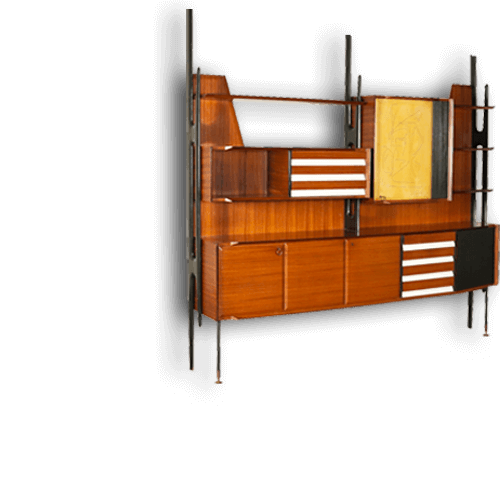
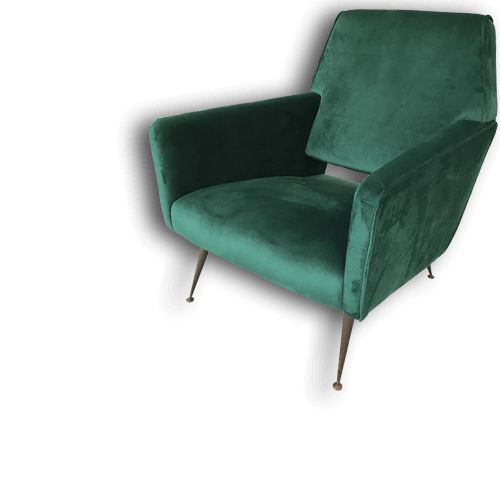



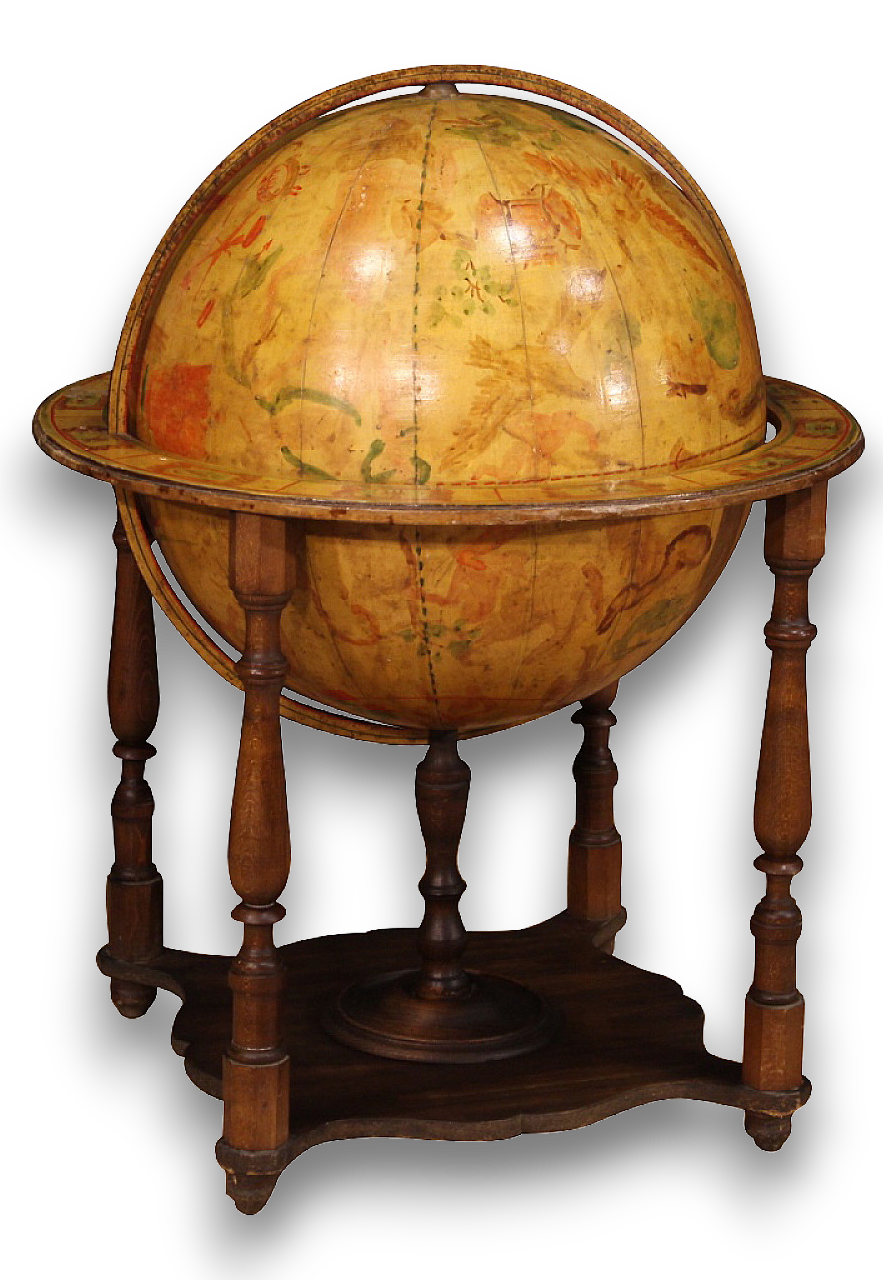
.png)
